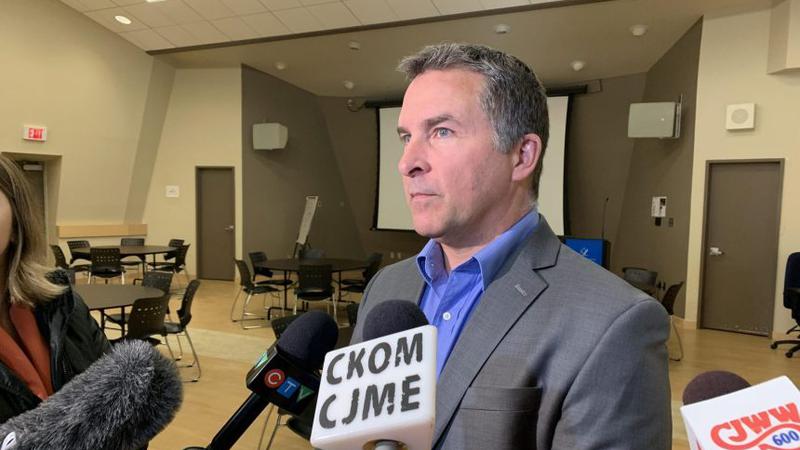
Anxiety, excitement outline return to school at 2-week mark: STF
Tuesday marks two weeks since the return to school in Saskatchewan.
So, how have things gone? Saskatchewan Teachers’ Federation (STF) President Patrick Maze told 650 CKOM that it has come with anxiety, but also excitement.
“In the next few weeks, things will start to stabilize a bit. And yet, then again, once we see more cases in our schools, which we’re pretty much certain to see,” he explained Tuesday.
Maze said he believes we’re up to about “eight situations” involving COVID-19 in Saskatchewan schools in the first two weeks.


